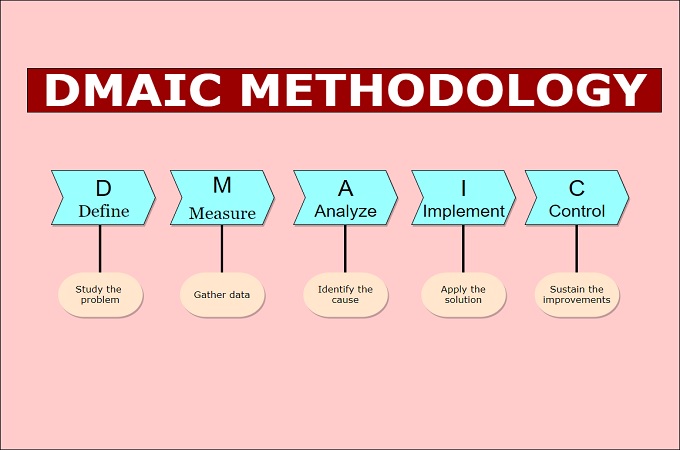
The Define, Measure, Analyze, Improve, Control Process, or DMAIC Process for short, is a strategy that aims to improve processes using available data. This method is tailored to improve the output of each phases of the entire project. This means that it is a holistic approach that affects the entire business process for the better. As the name suggest, it is categorized into five stages, which are namely: Define, Measure, Analyze, Improve and Control stages.
DMAIC Process Introduction
DMAIC Process History
The DMAIC model was first introduced in the 1950s by W. Edwards Deming. It has been then used by professionals in the Six Sigma methodology as a tool for product improvement. Over the years, this method has gathered various criticisms, and one of the most common is that the claim it’s ineffective as a communication tool.
DMAIC Model Stages
As mentioned, DMAIC methodology is an acronym for the stages involved in the entire process. These stages are essential to get the intended positive results that you seek from the entire methodology. To further understand what each stage do for the entire process, continue reading below.
- Define – This is the initial stage of the entire process where you identify the goals that needs to be met.
- Measure – This is where all metrics are formed to ensure that the goal will be met. In-short, this is where the guidelines are formed.
- Analyze – Assessment is the key to this DMAIC process stage since you will test out the methods involved. All your methods will need to go under test and evaluation to determine their effects, whether if it’s positive or negative.
- Improve – If negative effects were found during the analysis phase, then you will need to find ways to improve them.
- Control – Ensuring the long-term positive effects of the changes made is the main focus of this stage. This is where you apply all results of the previous stages to keep the project as productive as possible.
DMAIC Process: Explain by Templates
DMAIC methodology is a great way to improve the processes of your projects. That is why it is no wonder that many organizations capitalized on it. This is by producing templates that can be purchased before use. However, before spending anything, it is recommended to learn how to make one first. There are many tutorials on the internet that you can follow for this. Alternatively, you can download free templates just like the one we have below. These are editable and can be shared with your friends and colleagues.
- DMAIC Process Template

The template above is a variation of the usual format for a DMAIC process template. Instead of the usual linear format, it was designed in a pentagon design for easy viewing. The template is also editable so that you can add more information.
- DMAIC Model Template

The next template is the standard model which follows the linear format. It depicts the entire process in a step by step sequence with a clear identification of each steps. You can use this template to demonstrate the entire DMAIC model to your colleagues.
- DMAIC Methodology Template

The template above is a great tool for presentations, and can be added to your PowerPoint slideshow. You can further explain the details of your topic by adding various relevant information to each columns. The entire design is also changeable so you can use it any way you want.
Conclusion
DMAIC Methodology is a great way to ensure the success of any given project. However, it alone cannot do the job, as it will still depend on the entire team if the project will succeed or not. There are also other techniques that you can use on top of the DMAIC like SWOT and PERT. On the other hand, using it alone is also not a big deal since it covers all necessary elements of a project. If this article was helpful, please leave a comment, or drop a suggestion for any concerns.
Leave a Comment